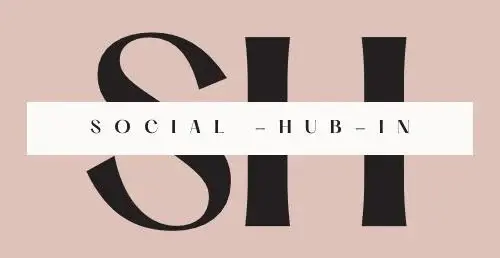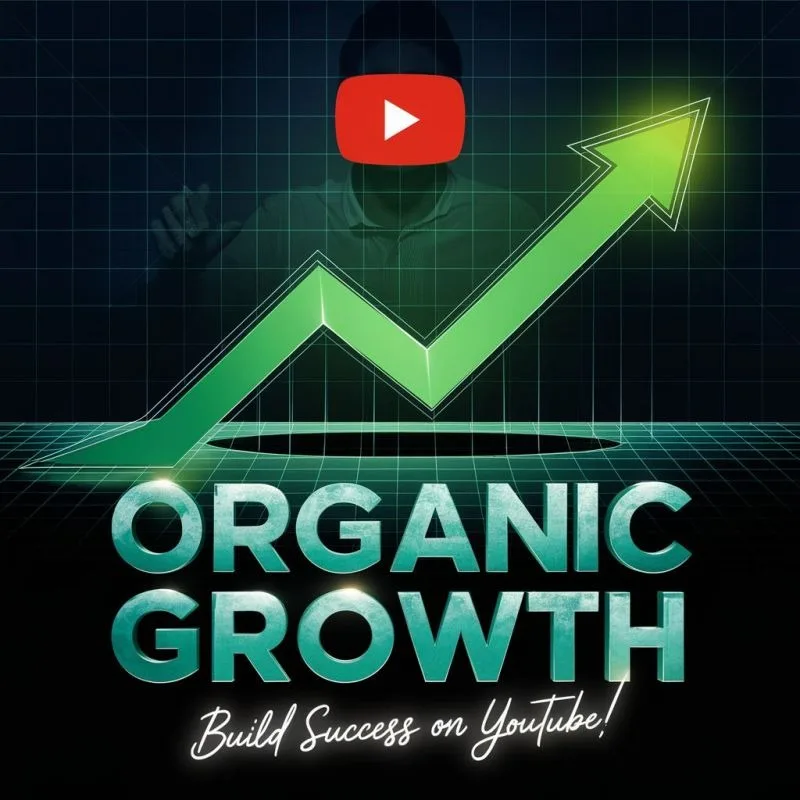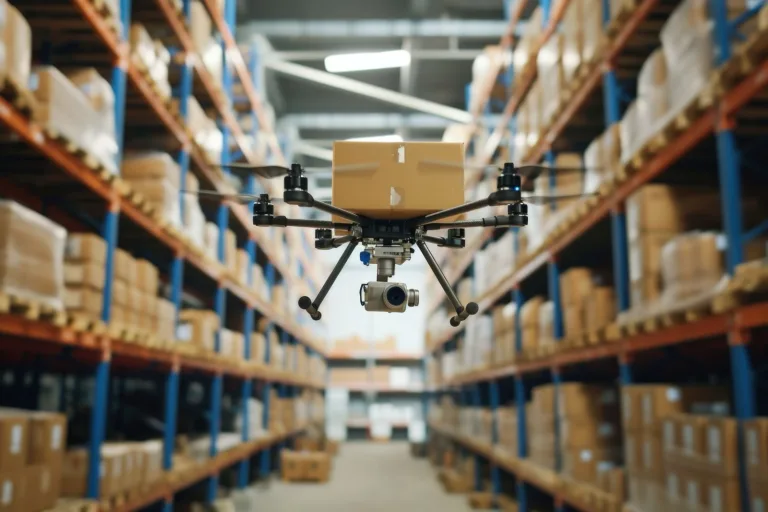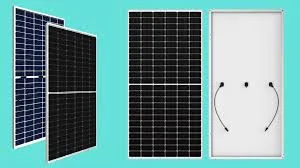Growing a YouTube channel takes more than just uploading good content and hoping for the best. With millions of videos going live every day, getting noticed has become just as important as what you’re posting. Some creators grind away for months with SEO strategies and consistency. Others fast-track results by investing in promotion services. So which path actually works best — organic growth or paid support? The answer might lie somewhere in the middle.
Understanding Organic Growth on YouTube
Getting views the natural way — that’s the dream, right? No money spent, just solid content, good timing, and a bit of luck.
Here’s what organic growth usually involves:
- Uploading consistently
- Using the right keywords in titles, descriptions, and tags
- Creating thumbnails that get clicks (but don’t mislead)
- Engaging with comments
- Posting Shorts and community updates to stay active
It’s a slow burn. And while it builds a solid foundation, it doesn’t guarantee fast results. You might have the best videos in your niche, but if the algorithm’s not picking them up… they just sit there.
A lot of creators give up in this phase — stuck at a few hundred subscribers, wondering what went wrong.
The truth? YouTube doesn’t always reward good content right away. That’s where people start thinking about other options.
What Paid Growth Really Looks Like
Let’s be real — the word “paid” makes some folks nervous. Feels a bit like cheating, right?
But not all paid growth is shady. And it’s not always about “buying views” either. The smart ones use paid tools to boost reach, not fake it.
So what does paid growth actually include?
- YouTube ads — run your videos as skippable ads to get seen
- Promotion services — like shoutouts, niche placements, or targeted campaigns
- Growth packages — some are tailored to help you meet YouTube’s monetization rules faster
- Social media boosts — paid posts on TikTok, Instagram, or Reddit to drive traffic
Now here’s the key difference: legit services work within YouTube’s terms. They don’t promise overnight fame or bot views. Instead, they help channels get noticed by real people — which is what the algorithm wants anyway.
For example, some creators use a monetization package when they’re stuck in that frustrating limbo — posting content but still not hitting the numbers needed to apply for AdSense.
It’s not a shortcut to success. But it can be a push in the right direction.
READ MORE : Building Financial Independence
Why Balance Is Better Than Picking Sides
Some folks swear by organic growth. Others throw money at every tool they can find. But going all-in on just one side? Not always the smartest move.
Think of it like this: organic builds trust. Paid gets attention. One’s a slow cooker, the other’s a microwave. You kinda need both.
If you rely only on paid growth, you risk burning through cash without building real loyalty. Your numbers might go up, but if nobody sticks around… what’s the point?
On the flip side, if you’re only grinding away with organic methods, it can take months — even years — just to hit basic monetization requirements. That’s tough, especially if you’re trying to turn content into income.
So, what works?
Start with solid content. Always. Then add in paid support where it makes sense — like boosting a video that’s already doing okay, or using a growth service to meet YouTube’s watch-time and subscriber thresholds.
A hybrid strategy keeps things moving without selling out.
The Real Impact on Monetization
Let’s compare what actually matters: how each growth method affects your channel’s path to monetization — and your income after that.
| Factor | Organic Growth | Paid Growth |
| Time to Hit Monetization Threshold | Slow (months to years) | Fast (days to weeks, depending on strategy) |
| Cost | Free (but time-intensive) | Requires budget |
| Audience Quality | Highly engaged, built over time | Varies — depends on the service or ad targeting |
| Algorithm Boost | Strong if you get steady engagement | Can help if paid traffic triggers good watch time |
| Long-Term Revenue Stability | High (loyal viewers = consistent income) | Medium (needs to be backed by quality content) |
| Risk Level | Low | Medium to high — depends on service legitimacy |
Key Takeaways:
- Organic growth gives you stronger long-term revenue, but it’s slow.
- Paid support can speed up monetization, especially when you’re stuck below 1,000 subs or 4,000 watch hours.
- The sweet spot? Use paid growth to break through the noise, but double down on organic to keep viewers coming back.
Quick Tips for Smarter YouTube Growth
Let’s say you’re ready to grow your channel — without wasting time or money. Here’s how to avoid common traps and make both organic and paid efforts actually work:
- Start with your strongest videos. Don’t throw ads at random uploads. Promote content that already shows promise — decent retention, comments, maybe a few shares.
- Track what’s working. Use YouTube Analytics. Look at your CTR (click-through rate), average watch time, and returning viewers. If something’s growing without paid help, it’s probably worth investing in.
- Don’t ignore your niche. Paid traffic means nothing if the audience isn’t into your content. Make sure your promoted videos match what your ideal viewers actually care about.
- Avoid shady growth services. If it sounds too good to be true (like 10k subs overnight), it probably is. Stick to providers that work with real, organic-looking traffic and stay within YouTube’s terms.
- Be consistent. Whether you use ads or not, the algorithm likes consistency. One good video won’t save an abandoned channel. Keep uploading, even if it’s once a week.
- Use paid growth to push momentum, not replace effort. Think of it as amplifying what you’ve already built — not fixing a broken channel.
Conclusion
There’s no magic formula for getting monetized on YouTube. But you can play it smart.
Organic growth builds loyalty and trust. Paid growth speeds up visibility. Used together — with intention — they can help you reach monetization faster and set you up for long-term success.
It’s not about taking shortcuts. It’s about knowing when to step on the gas — and when to keep your hands steady on the wheel.







